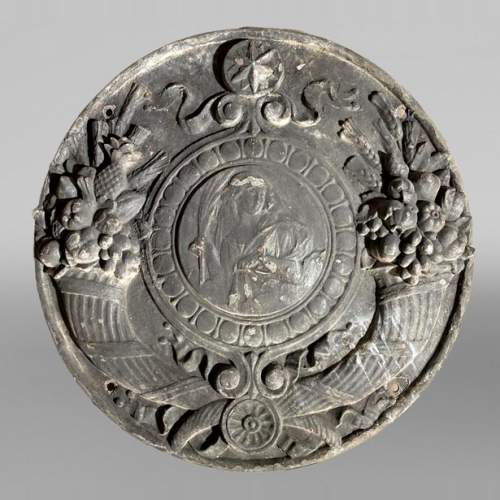Your selection is currently empty.
Here are the latest objects in our stock:
Dimensions:
Depth: 100
Dimensions:
Height: 75
Depth: 55
Dimensions:
Width: 16
Height: 27
Depth: 11
Dimensions:
Height: 38
Diameter: 46
Dimensions:
Width: 76
Height: 67
Depth: 76
Dimensions:
Width: 35
Height: 64
Depth: 25
Dimensions:
Width: 13
Height: 23












